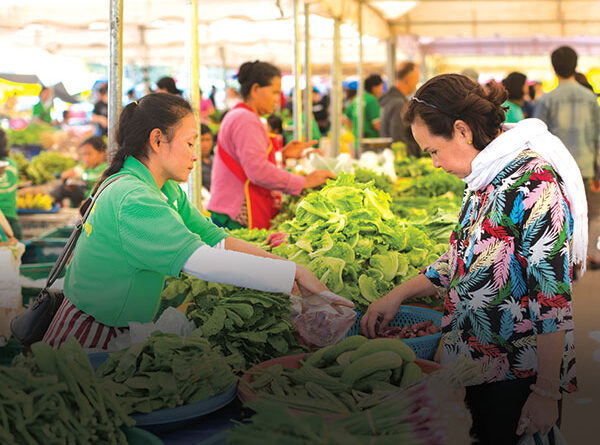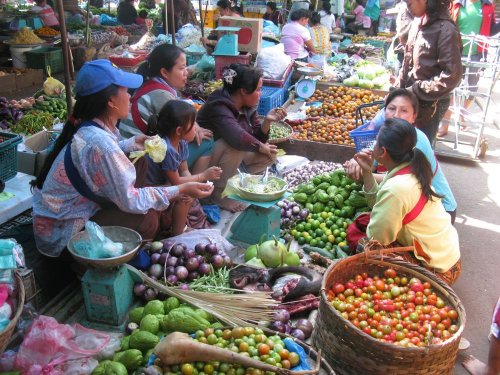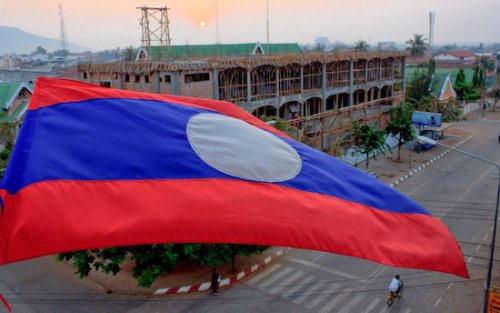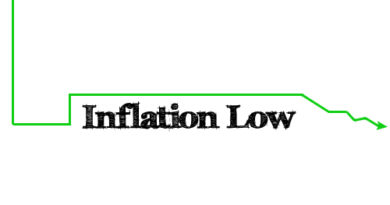Specific Measures Needed to Curb Inflation: BOL chief
Source: Vientiane Times
The nature of inflation in Laos is different from that in other countries because 70-80 percent of goods purchased in Laos are imported, a top banking official has said.
The Governor of the Bank of the Lao PDR, Dr. Bounleua Sinxayvoravong, told the National Assembly this month that general policies and measures are not sufficiently effective to rein in price rises.
The central bank governor explained that the surge in the cost of goods and services in Laos is closely linked to the depreciation of the kip.
“If the value of the kip falls by 1 percent, it results in a 0.6 percent increase in inflation,” Dr Bounleua said.

The bank governor acknowledged that most businesses base the price of their products on what it costs them to buy foreign currencies on the parallel market, which are traded based on supply and demand.
The weak kip is among the key factors driving inflation and is a major roadblock in the government’s efforts to curb the rising cost of goods and services.
Dr. Bounleua called for all sectors to join forces to ensure that all sources of foreign currency entering Laos pass through the banking system, thus adding to the supply of foreign currency and helping to reduce expenditure on foreign currencies.
The BOL has pledged to ensure that at least 48 percent of export receipts (or 58 percent of the export receipts from which money has been deducted to repay loans in other countries by investors) enter Laos next year.
At present, only a little more than 30 percent of export receipts enter Laos through the banking system. For instance, in 2022, the value of exports stood at US$8.19 billion, but only US$2.7 billion actually entered the country.
The BOL will continue to tighten its monetary policy to stabilize the value of the kip as part of efforts to curb inflation and minimize the impact on the economy as well as the living standards of ordinary people.
However, the government is facing an uphill battle in its stated aim to cap the average inflation rate at 9 percent this year because the cost of goods and services continues to rise.
Over the past six months, the cost of goods and services has soared by 38.06 percent, affecting household incomes and people’s standard of living.
At the cabinet’s monthly meeting this week, Prime Minister Sonexay Siphandone instructed the relevant government bodies to make a greater effort to stabilize currency exchange rates, curb skyrocketing inflation, and address the high level of public debt.
The BOL governor said it is essential for Laos to limit imports of luxury and non-essential goods that require large amounts of foreign currency while reducing the use of foreign currency within Laos.
The government may raise taxes on certain products as a means to restrict imports and reduce the use of foreign currencies.




